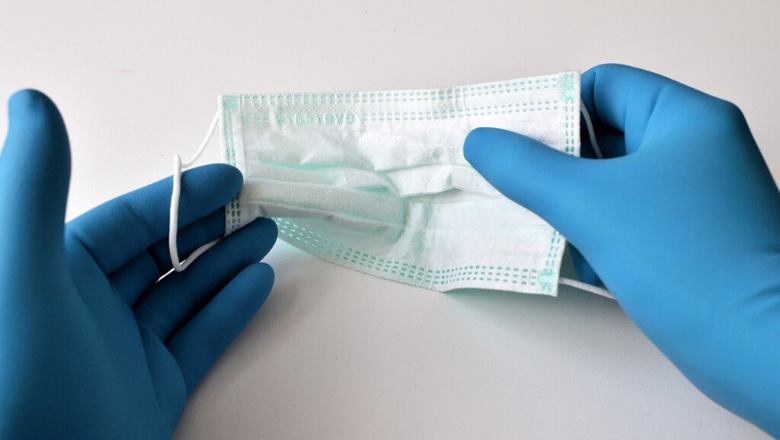Our study shows that people of Black and minority ethnic backgrounds (BAME) have a disproportionately high rate of requiring hospitalisation for COVID-19. People of BAME background are on average much younger than our white patients and have health inequalities such as higher levels of diabetes and high blood pressure.
Co-author Professor Ajay Shah, Director of the King’s British Heart Foundation Centre of Excellence
22 May 2020
BAME COVID-19 patients 10 years younger than white counterparts, study finds
The average age of a BAME patient hospitalised with COVID-19 is ten years younger than a white patient, a new study has found.

Black, Asian and Minority Ethnic groups (BAME) hospitalised with the virus have an average age of 63 years and have a high likelihood of hypertension and diabetes. In contrast, the average age of white patients is 73 years and they are less likely to have these particular co-morbidities.
However, the study found ethnicity does not affect the risk of death in hospital due to COVID-19.
The pre-print, led by King’s Health Partners and published in medRxiv today, analyses hospital data of 1200 patients admitted between March 1 and May 12 this year to King’s College Hospital NHS Trust.
The study was supported by a large multi-disciplinary team across hospital and university, with expert clinical informatics led by Professor Richard Dobson and Dr James Teo, and a state-of-the-art Cogstack and MedCat platform to allow rapid analysis of clinical characteristics as patients are admitted.
Researchers found 30.7% of patients admitted to hospital during this period with COVID-19 were BAME. BAME patients, 84% black, had a higher propensity for hypertension and diabetes, 63.3% and 48.6% respectively, compared to 48% and 24.6% of white patients. The study also found 21.3% of white patients had heart disease or heart failure compared to 14.7% of BAME patients.
Crucially, the study suggests ethnicity does not have a bearing on final patient outcome – death or admission to critical care – as 29.5% of white patients died compared to 18.5% of BAME patients. 17.7% of BAME patients were in critical care compared to 10% of white patients.
Some good news is that the chances of recovery in those admitted appear to be similar for different ethnicities. We are now working to identify why the rates of hospital admission are so much higher in BAME groups and why much younger patients are affected.
Professor Shah
Professor Richard Dobson, co-author of the study and Professor of Medical Bioinformatics at the School of Psychology and Systems Sciences, said: “The CogStack platform allows us to extract information from deep within hospital records in real time in order really explore complex questions such as this. This includes being able to extract information relating to comorbidities, for example, that may only be mentioned in passing in the physician narrative.”
Dr James Teo, Clinical Director of Data Science at King’s College Hospital said: “This work was possible through the use of open technologies working on real-time health data, with the guidance and support from the expert patients of the Kings Electronic Records Research Interface (KERRI)”, said Dr James Teo, Clinical Director of Data Science.”


